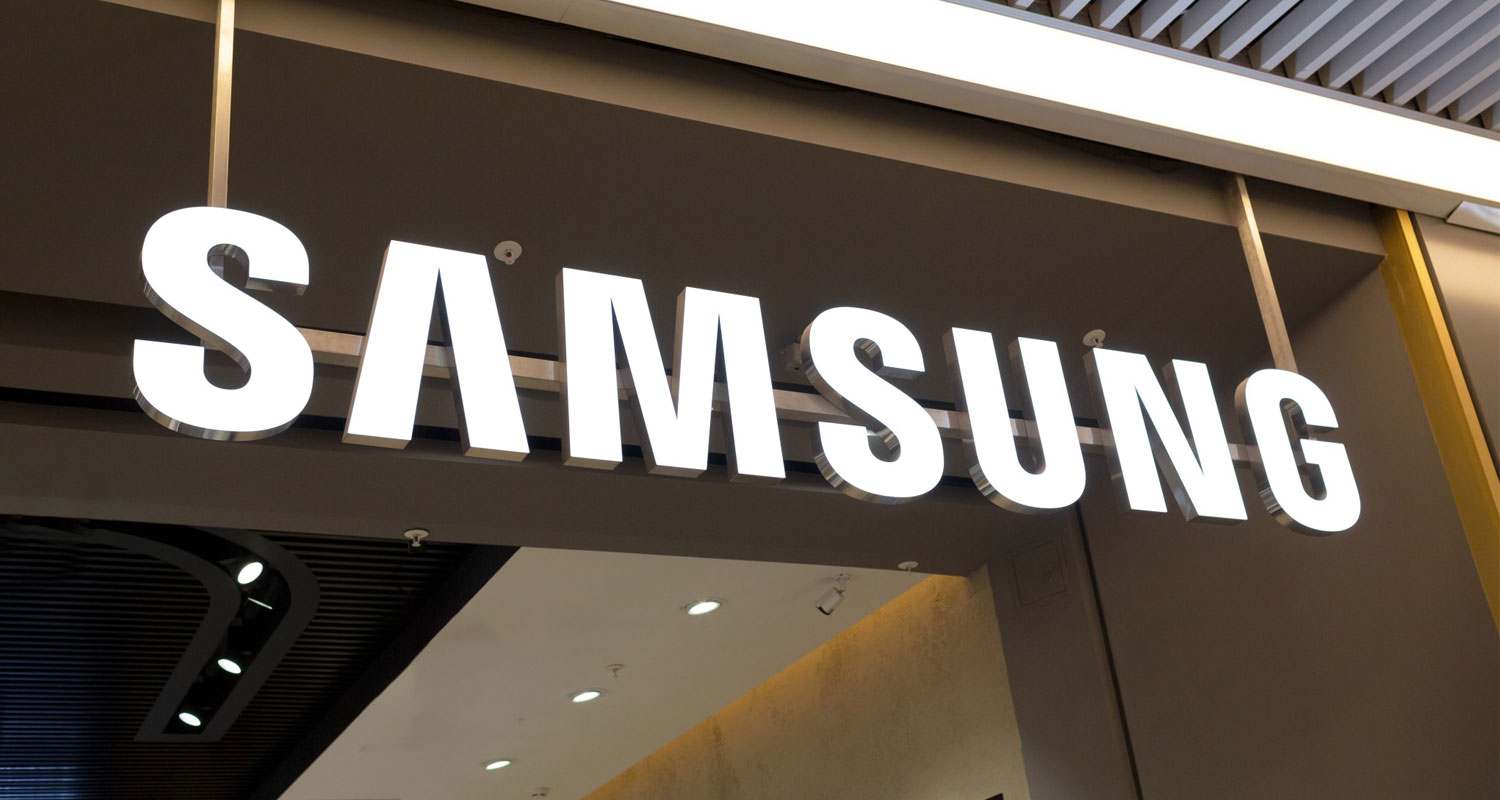 Samsung Electronics on Friday flagged its quarterly profit tumbled by two-thirds to an eight-year low as a weakening global economy hammered memory chip prices and curbed demand for electronic devices.
Samsung Electronics on Friday flagged its quarterly profit tumbled by two-thirds to an eight-year low as a weakening global economy hammered memory chip prices and curbed demand for electronic devices.
The dismal profit estimate by the world’s largest memory chip, smartphone and TV maker — a bellwether for global consumer demand — sets a weak tone for other technology firms’ quarterly results.
Samsung’s profits are expected to shrink again in the current quarter, analysts said, after the South Korean company announced its October-December operating profit likely fell 69% to ₩4.3-trillion (US$3.37-billion) from ₩13.87-trillion a year earlier.
It was Samsung’s smallest quarterly profit since the third quarter of 2014 and fell short of a ₩5.9-trillion Refinitiv SmartEstimate, which is weighted towards forecasts from analysts who are more consistently accurate.
“All of Samsung’s businesses had a hard time, but chips and mobile especially,” said Lee Min-hee, analyst at BNK Investment & Securities.
Quarterly revenue likely fell 9% from the same period a year earlier to ₩70-trillion, Samsung said in a short preliminary earnings statement. Asia’s fourth biggest listed company by market value will release detailed earnings on 31 January.
Rising global interest rates and cost of living have dampened demand for smartphones and other devices that Samsung makes and also for the semiconductors it supplies to rivals such as Apple.
Weak demand
“For the memory business, the decline in fourth quarter demand was greater than expected as customers adjusted inventories in their effort to further tighten finances,” Samsung said in the statement.
Its mobile business’ profit declined in the fourth quarter as smartphone sales and revenue decreased due to weak demand resulting from prolonged macroeconomic issues, Samsung added.
Read: Samsung Galaxy S23 set for early February debut – report
“Memory-chip prices fell in the mid-20% during the quarter, and high-end phones such as foldable didn’t sell as well,” said BNK Investment’s Lee, adding its display business was hurt due to client Apple’s production delays at the world’s biggest iPhone factory in China during the quarter. — Joyce Lee, Heekyong Yang and Hyunsu Yim, (c) 2023 Reuters




